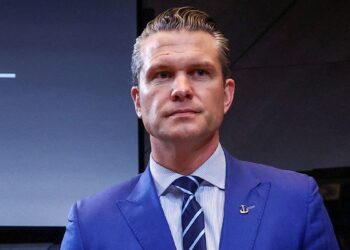New campaign finance reports show Spanberger with $7 million advantage over Sears in Virginia Governor race
RICHMOND, Va. (WRIC) -- New campaign finance reports show Democratic gubernatorial candidate Abigail Spanberger is outpacing her Republican opponent, Lieutenant Governor Winsome Earle-Sears. According to the Virginia Public Access Project, Spanberger raised over $6.7 million in the first quarter of 2025. Meanwhile, Sears raised over $3.1...
Read moreLaguna Beach holds townhall in advance of anticipated summer crowds – Orange County Register
Weeks of Spring Break visitors have already provided a taste of what Laguna Beach neighborhoods and businesses can expect as...
Gun Injuries of All Kinds Go Up During Hunting Season
About half of Americans have a gun in the home, and hunting is a major reason why. When hunting season...
Blackout hits Puerto Rico as residents prepare for Easter
SAN JUAN, Puerto Rico — An island-wide blackout hit Puerto Rico on Wednesday as the largely Catholic residents of the...
RFK Jr. plans autism studies to identify ‘environmental toxins’ linked to rising rates
WASHINGTON — Health Secretary Robert F. Kennedy Jr. said Wednesday that the agency will announce, within three weeks, a series...


























 Al Jazeera English | Live
Al Jazeera English | Live






















